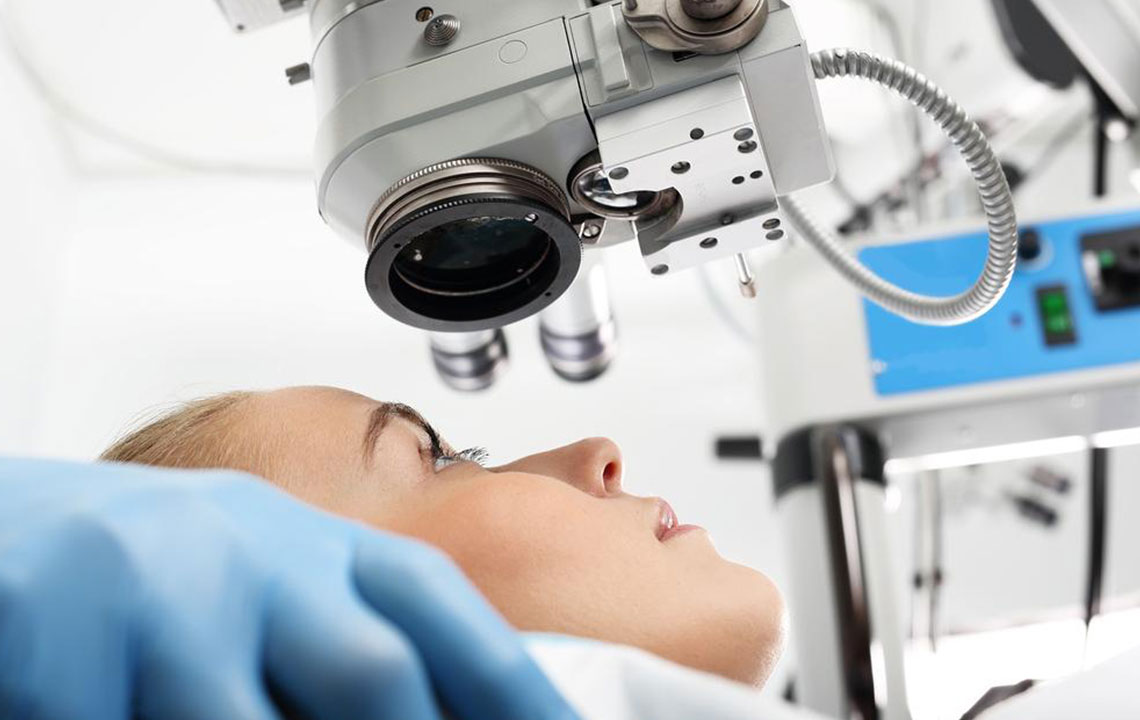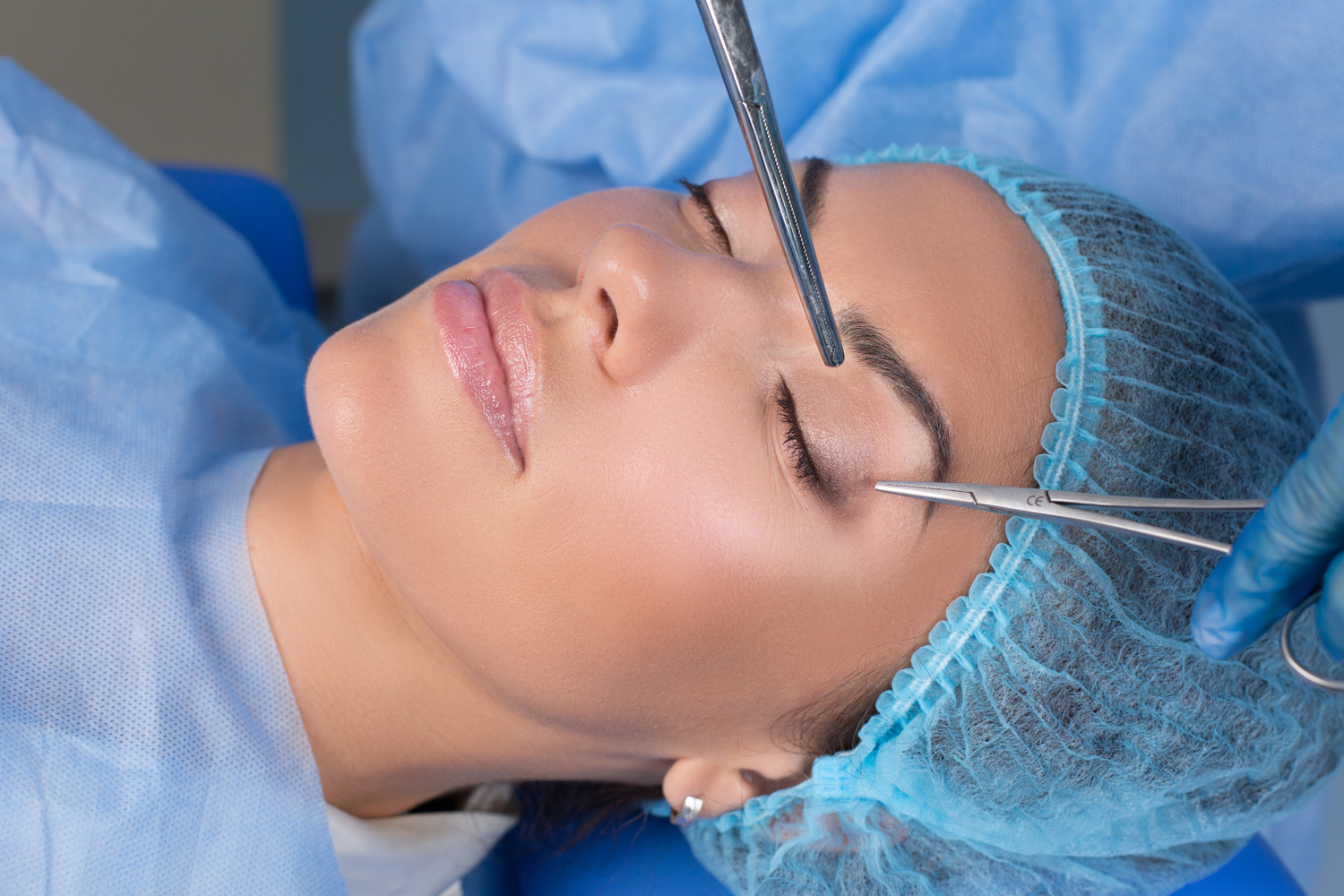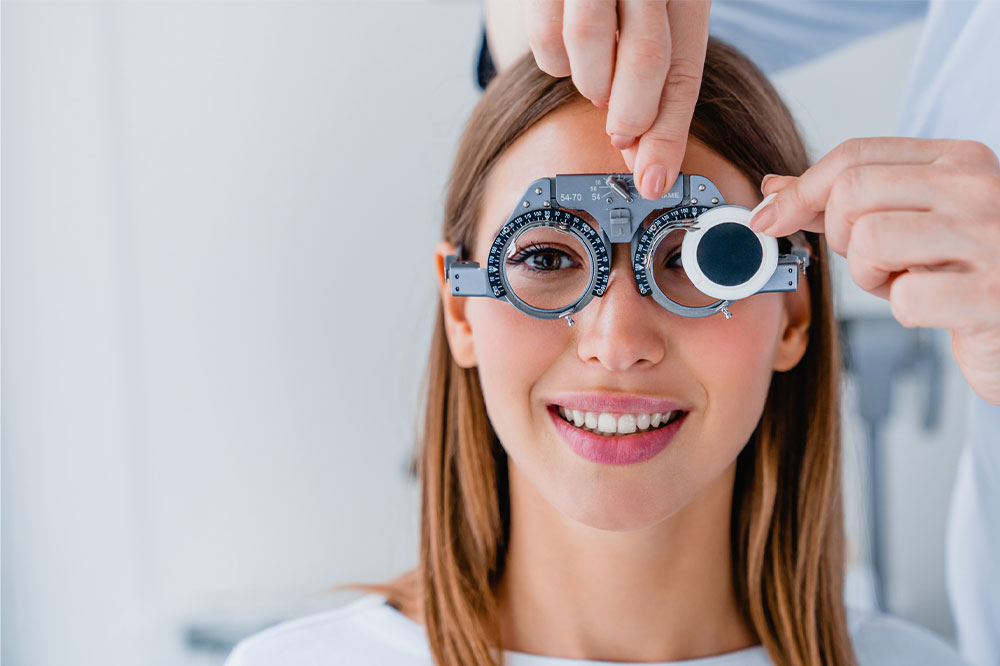A Comprehensive Guide to Laser-Assisted Cataract Removal
Discover everything about laser-assisted cataract removal, including the process, benefits, potential risks, and cost management. Learn how advanced laser technology ensures safer, more precise outcomes for cataract patients, providing improved vision and reduced complications. Consult with top ophthalmologists to find the right treatment plan tailored for you.

A Comprehensive Guide to Laser-Assisted Cataract Removal
The advancement in ophthalmic procedures has made cataract removal more precise and efficient. As people over 50 increasingly seek treatment, laser-assisted cataract surgery has emerged as a popular choice due to its improved safety and accuracy. This procedure, also known as Refractive Laser Assisted Cataract Surgery, utilizes femtosecond lasers operated by skilled surgeons to perform critical steps with high precision.
The surgery involves creating corneal incisions, capsulotomies, and fragmenting the cloudy lens, which enhances reproducibility and reduces risks. Laser technology ensures better outcomes by improving the positioning of intraocular lenses and minimizing complications. While traditionally incisions were made manually, laser surgery uses high-definition imaging and laser technology for tailored, accurate cuts that often eliminate the need for stitches.
Key steps include corneal incision, capsulotomy, and lens fragmentation. The corneal incision is precisely made using 3D imaging, ensuring stability without stitches, as opposed to manual methods. During capsulotomy, a femtosecond laser creates an accurate, thin opening in the lens capsule, assisting in precise lens placement. Fragmentation softens the cataract, making removal easier and safer. Additionally, the laser can correct astigmatism by making small, strategic incisions, aligning the cornea for better vision post-surgery. Overall, laser cataract surgery offers enhanced precision, safety, and visual outcomes.
Potential complications are rare but may include temporary blurry vision, light sensitivity, or mild swelling. Serious issues like significant vision loss are infrequent and mostly affect patients with pre-existing health conditions. Despite higher costs than traditional methods, many opt for laser surgery due to its reliability and precision. The procedure's price varies depending on case complexity, often covered partially by Medicare or private insurance. Consulting a qualified ophthalmologist can help determine the best treatment approach for individual needs.










